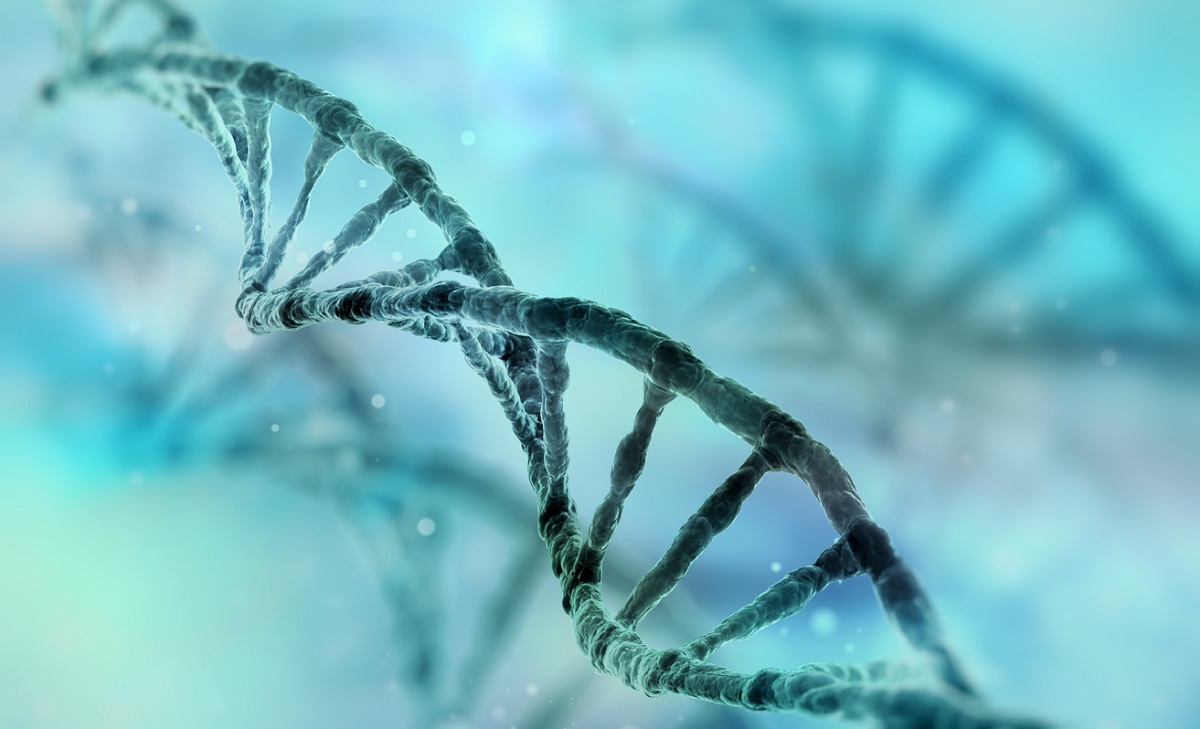
Modeling Study Features Safe, Confined Gene Drive Using Wolbachia Cytoplasmic Alleles
August 31, 2022| |
Scientists from Peking University in China developed a highly confined gene drive model that involves the CifA and CifB genes found in the Wolbachia phage. They proposed new types of toxin-antidote gene drives that can be constructed with the genes using the information that no viable offspring is produced if a male with both the CifA and CifB mates with a female that has no CifA in her.
The scientists highlighted the model's highly confined feature. They explained that it is possible to use the CifA and CifB alleles to create drives that are confined in time and that it can potentially be more safely tested and used than drives with zero introduction threshold. The model's introduction threshold ranges from 37-60%, which is moderate to high. Its strong confinement feature may allow the drive to spread within a continuous population with little effort to the target populations but not to its non-targets. Further mathematical calculations and simulations of the model in continuous space suggest that the drive individual release distribution has a critical impact on drive persistence.
It was concluded that the said gene drives based on Wolbachia phage genes have promising results. Constructs with CifA and CifB can be used to develop new gene drives that are flexible, safe, confined and effective for genetic modification of insect populations.
Learn more in bioRxiv.
| |
You might also like:
- Model Predicts Eradication of Large Invasive Mammals Using Gene Drive
- Spatial Modeling Used to Analyze Gene Drives for Vertebrate Pest Control
- Modelling the Potential Spread of Gene Drive Mosquitoes
Biotech Updates is a weekly newsletter of ISAAA, a not-for-profit organization. It is distributed for free to over 22,000 subscribers worldwide to inform them about the key developments in biosciences, especially in biotechnology. Your support will help us in our mission to feed the world with knowledge. You can help by donating as little as $10.
-
See more articles:
-
Gene Drive Supplement (August 31, 2022)
- New Policy Brief Calls for Science-based and Case-by-case Risk Assessment of Gene Drives
- Socio-economic Impact Assessment Complements Risk Assessment of Gene Drive Organisms, According to Experts
- Scientists Turn to Gene Editing to Manage Invasive Species
- Modeling Study Features Safe, Confined Gene Drive Using Wolbachia Cytoplasmic Alleles
- Study Helps Define Target Organisms of Gene Drive in Species Complexes
- Impact of Combining Gene Drive and Traditional Vector Controls in Eliminating Malaria
-
Read the latest: - Biotech Updates (November 26, 2025)
- Gene Editing Supplement (November 26, 2025)
- Gene Drive Supplement (February 22, 2023)
-
Subscribe to BU: - Share
- Tweet

